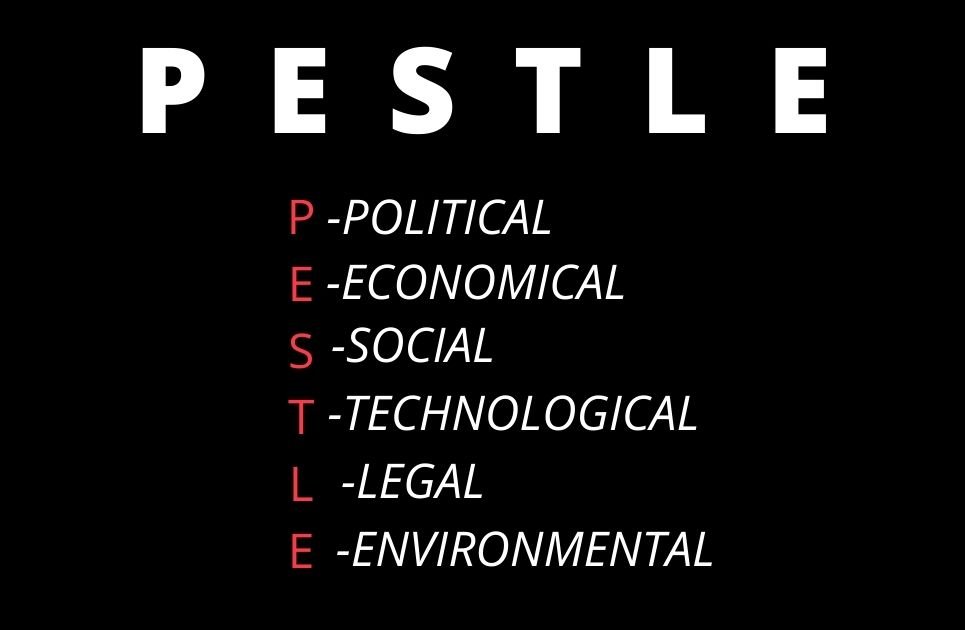How To Create a Business Plan in 2021 (Guide)
If you have a question inside of you that How To Create a Business Plan in 2021, then you have stumbled upon to the right place, as we are still tackling a worldwide pandemic some business and thriving and some business plans are getting obsolete. Whenever you sail across new territory you’ll need to consult a map, otherwise, you’ll get lost. Moving forward into the unfamiliar situation (also known as ‘the future’) is what companies do every day.
And what do they need to make sure they don’t get lost? A strategy, of course, which some may also call a roadmap.
Whether you’re studying to set new business preferences, outline strategies for growth, determine a product roadmap or plan your investment judgments, you’ll need a strategy. Coming to the realisation that your organisation needs one is easy. Actually creating a strategy is a little trickier, But I will guide you through my experience of creating a business plan ( which definitely need not be complicated and lengthy, when you are starting out ).
1. Gather the facts
To know where you’re going, you have to know where you are right now. So before you start looking ahead, you should review the past performance or the prevailing situation. Look at each area of the business and determine what worked well, what could have been better and what opportunities lie ahead.
You should look internally at your strengths and weaknesses. And for the opportunities and threats, you should look at external factors. A comprehensive framework for studying at external factors is PESTLE (Political, Economic, Social, Technological, Legal and Environmental). So, for your big idea or plan, you would ask: what threats and avenues could arise under each category? The most crucial part of this method is involving the right people to make sure you’re collecting the most appropriate information.

2. Develop a vision statement
This statement should explain the future administration of the business and its plans in the medium to long term. It’s about describing the organisation’s purpose and values. Business gurus have debated long and hard about what comes first – the vision, or the mission statement (see step 3). But, in practice, you could develop both at the same time.
Steve Jobs is a perfect example of being a visionary. Steve Jobs outshined at being a visionary. Into his second term as CEO, from 1997 until shortly before his death in 2011, he commanded Apple to fully encompass his vision with key differentiating strategies: customer service, simplicity, ease of use and priority towards innovation.

3. Develop a mission statement
Like the vision statement, this defines the organisation’s purpose, but it also describes its primary objectives. This concentrates on what needs to be done in the short term to achieve the long term vision. So, for the vision statement, you may want to answer the question: “Where do we want to be in 5 years?”. For the mission statement, you’ll want to ask the questions:
- What do we do?
- How do we do it?
- Whom do we do it for?
- What value do we bring?
A strong brand can instantly be differentiated itself as unique from its competition, and the owners of the business know exactly how to do that through its strong retailing messages mission statement. One of the best ways to find out your mission statement is to identify the UVP of your business, in other words, Unique Values Proposition. A mission statement is also known as a UVP of the business, in other words, a unique value proposition. On the basis of which value the business is trying to grow and develop around. I have also written an article on how to find out your UVP of the business. Read Below
Recommended Reading >> 7 Crucial Elements of a Strong Brand
4. Identify strategic objectives
At this stage, the aim is to develop a set of high-level objectives for all areas of the business. They need to highlight the priorities and inform the plans that will ensure the delivery of the company’s vision and mission. By taking a look back at your review in step one, in particular the SWOT and PESTLE analysis, you can incorporate any identified strengths and weaknesses into your objectives.
Crucially, your intentions must be SMART (Specific, Measurable, Achievable, Realistic and Time-related). Your goals must also include factors such as KPI’s, resource allocation and budget requirements. Get Yourself Clarified with the following questions as well-
- What problem are you solving?
- For whom will you be solving this problem?
- How big is the market inscribed by this solution?
- Why is your solution going to be 10x better than the solutions proposed by (or already marketed by) your current and future competitors?
- What is your business model and how will you make money?
- Why can your team perform on this solution?
- When will you be able to illustrate that you can do it?
What are your thoughts on This, Are you creating a business Plan too, then let us know in The comment box, we will try to reply.